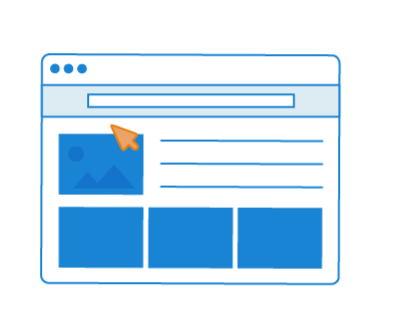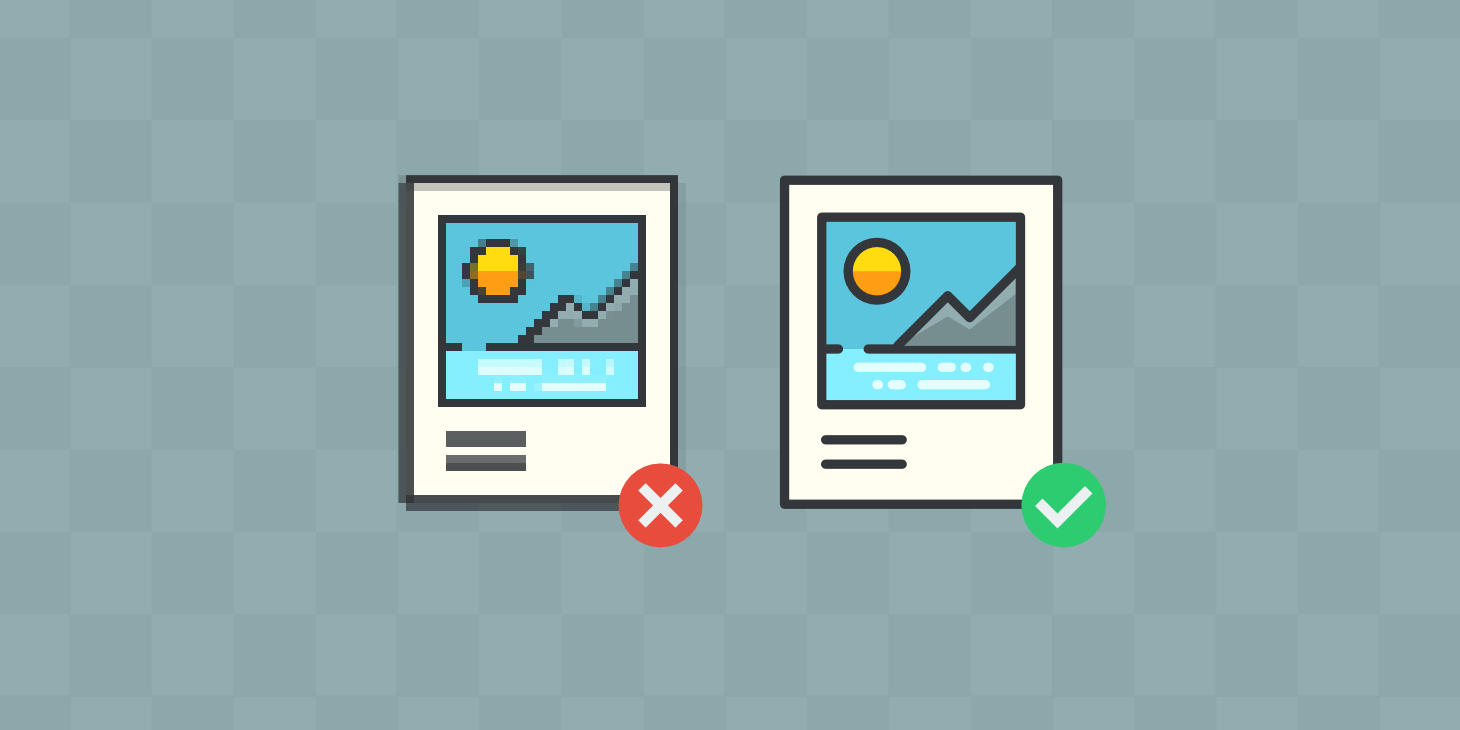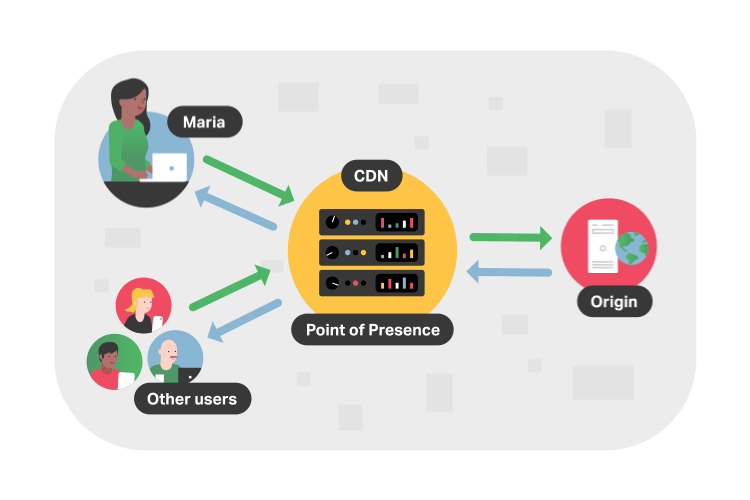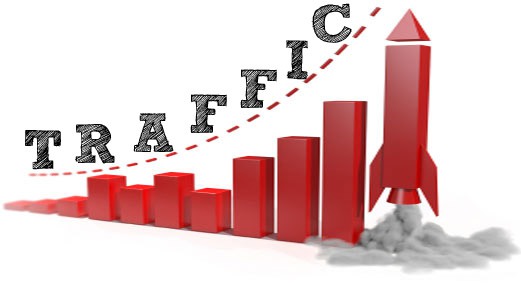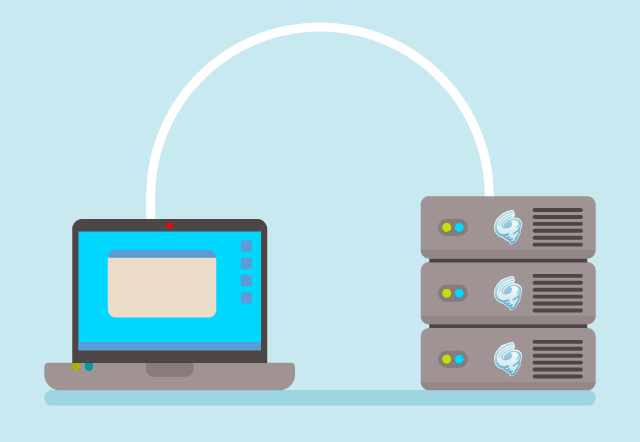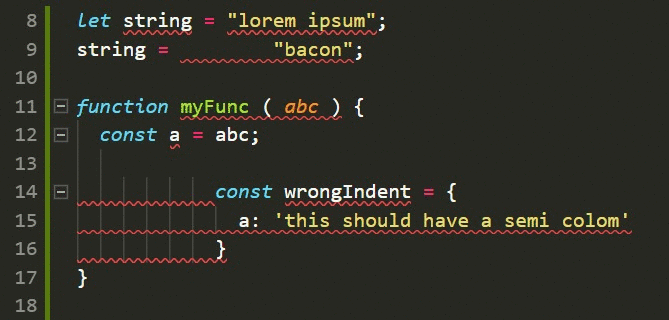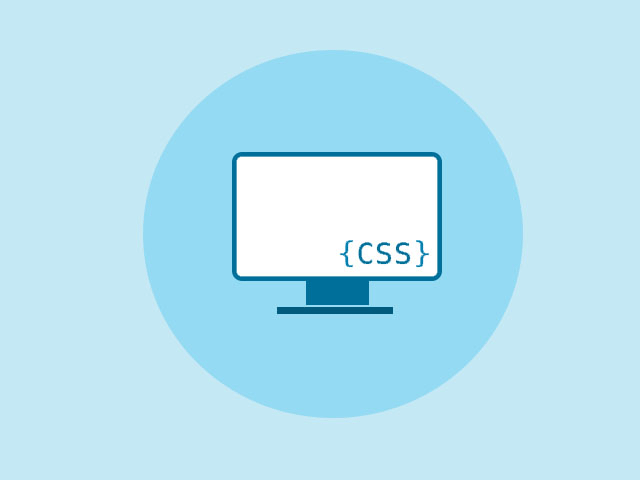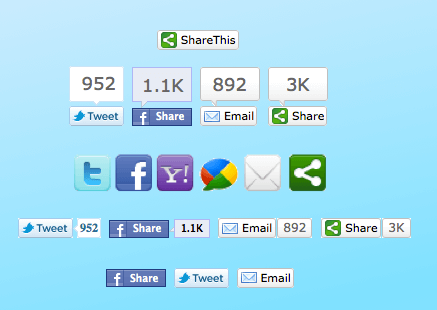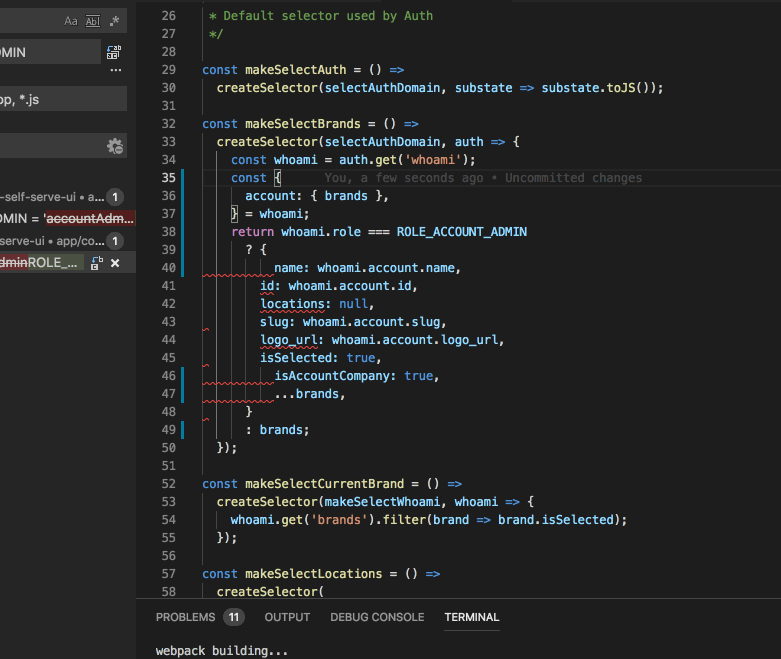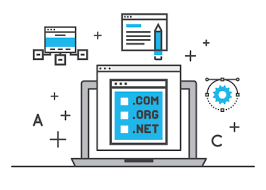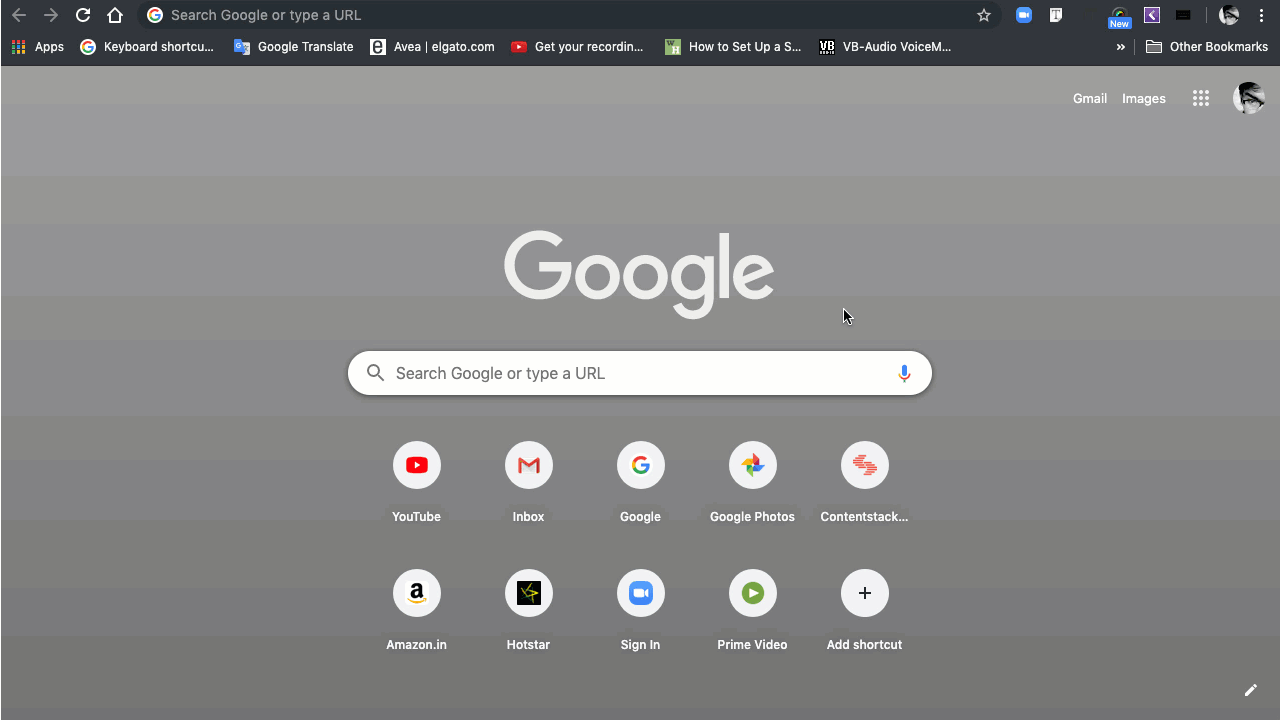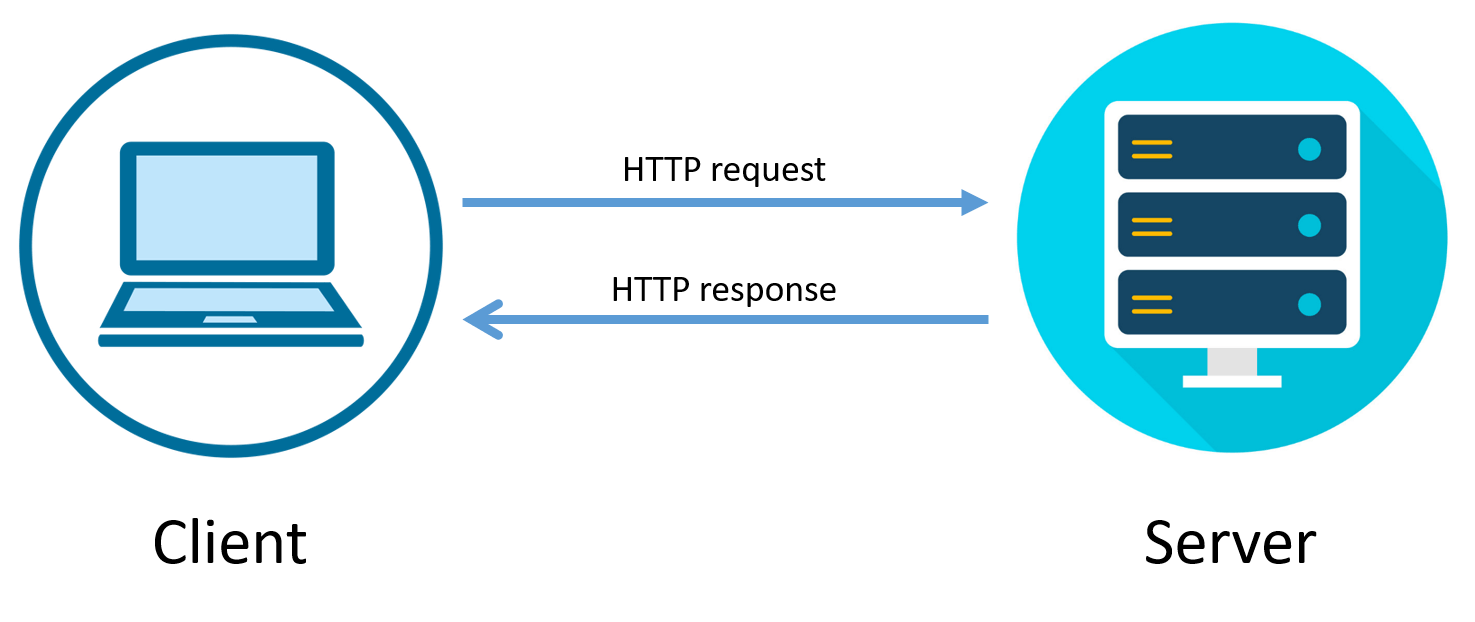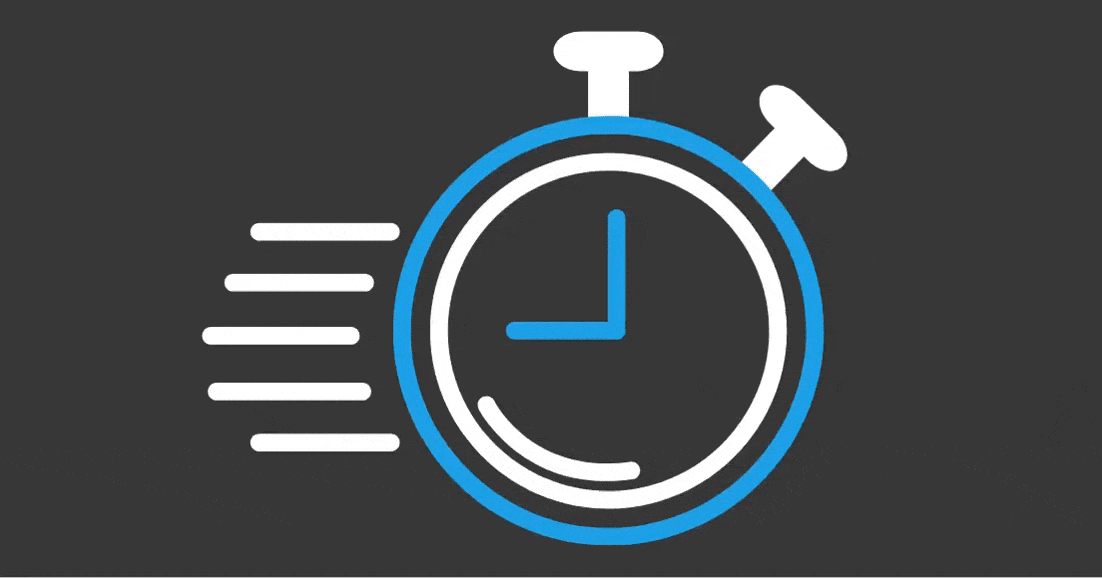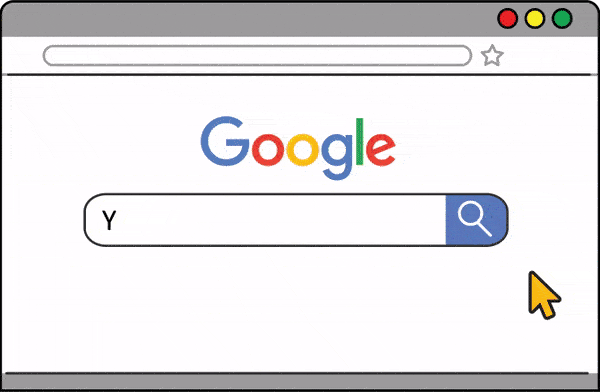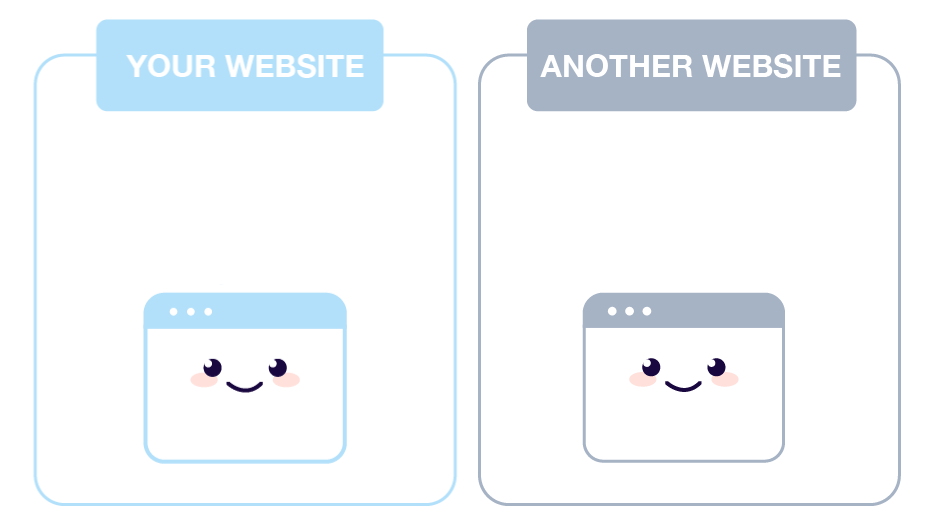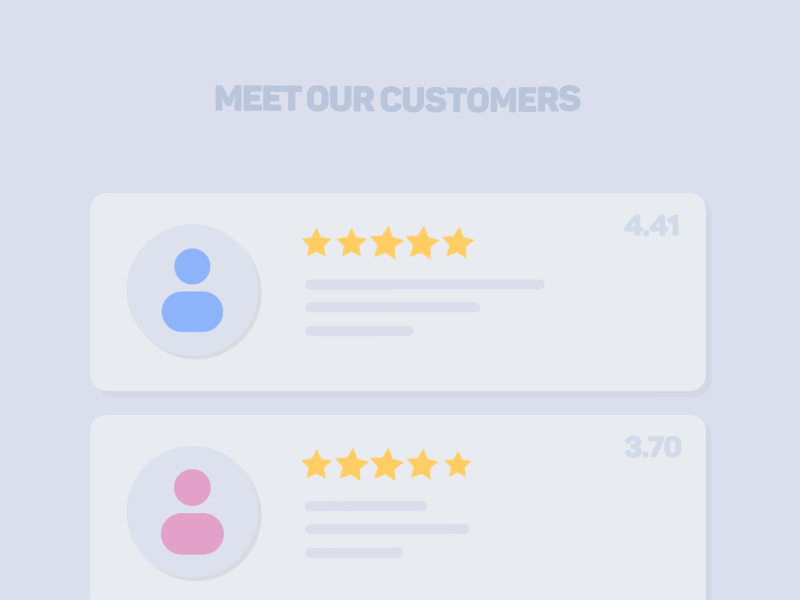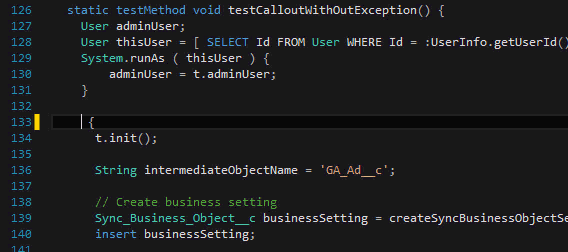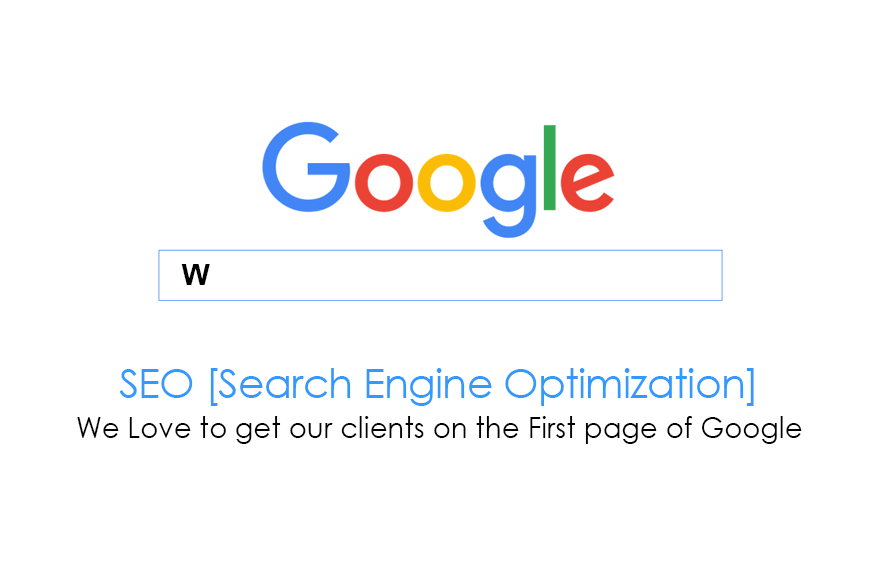Increase Prospect Engagement And Conversion Rates, And Book More Jobs With A Faster Plumbing Website.
Are you wondering why your plumbing website loads so slowly? Or are you searching for tips to help your plumbing company website load faster? Does the speed of your site affect conversion rates and SEO?
These are concerns that plague the minds of our prospects and customers. Website visitors today have become more intolerant of slow-loading websites, and even search engines like Google are rewarding faster-loading plumbing websites with a higher ranking than those without.
So if you want to stay ahead of your competitors, you must take advantage of the abovementioned situation. Fortunately, this post will discuss crucial tips to speed up your plumbing website and improve conversion in 2022 and beyond.
If you are dealing with a slow plumbing website, keep reading for more information on fixing it.
Why Does My Plumbing Website Load Slowly?
You might have come across the old age cliché that says “slow and steady wins the race,” but when it comes to your plumbing website’s overall performance, that is undoubtedly a direct ticket to failure.
Improving your plumbing website’s loading time is a win-win approach to keep the web users of your site happy and increase the revenue generated by your plumbing business.
Here are our top reasons why turtles are moving faster than your plumbing website:
Non-Optimized Images
An image is considered unoptimized when it has a large file size, undescriptive file names, and the site with no alt tags, which ultimately slows your plumbing website’s performance.
Images created using software like Photoshop are saved as large files. Even though they contain a substantial amount of quality and detail, they can slow down your plumbing website because of that excess detail.
Besides, Google does not see your images. Instead, Google reads the three or four-word descriptive terms to understand what the icon is all about. But without that description, Google does not know what your image is all about.
Excessive Usage of Ads
Google AdSense can be an additional revenue source for your plumbing business, but it can also slow down your website.
The most apparent effect of overloading your plumbing website with adverts is more HTTPS requests that make your website unresponsive.
Mainly the rich media ads such as auto-downloads, pop-unders, and interstitials may create hundreds of such requests, making your plumbing website slow down its speed.
Failure to Use a Content Delivery Network
If you don’t use a content delivery network, then your plumbing website will load slowly.
Content Delivery Networks (CDN) makes sure that your plumbing website is served to a user from a nearby location. That helps your plumbing website load faster because the data travels a shorter distance between your user and the server.
High Plumbing Website Traffic
A surge in plumbing website traffic is another reason for the slow loading website.
Even if the information is conveyed super-fast, a plumbing website can only hold a certain number of users each time.
Bandwidth is a technical terminology used to refer to the information an internet connection can handle at any given time. Broadband (large bandwidths) deliver information very fast and accommodate more users. “Mbps” refers to the amount of data that can be transferred per second.
Inefficient Web Hosting
You need to have a web hosting provider to display your plumbing website online.
A web host is synonymous to a vacant unit in real estate – It is the space where you create your plumbing website.
When a prospect types your plumbing website’s name into their browser, the web host serves your plumbing website from their server.
Some web host providers are better than others. If you choose an inefficient and cheaper web host for your plumbing website, you will lose valuable clients because of your slow-loading website.
Use of Unclean Code Slows Down Your Plumbing Website
Unclean coding is another common culprit for the slowness of your plumbing website. When you create your plumbing website, inline stylings, excessive new white spaces, unnecessary comments, and empty new lines can make your site’s stylesheet bigger, thus hampering its loading speed.
Your Plumbing site CSS is not Optimized Properly
Like Javascript, CSS is responsible for styling its pages and can delay it if left unoptimized.
Excess Social Sharing Buttons
It is crucial to let your prospects/clients quickly share your pages on social media; it can reduce your page loading time if you have too many social sharing buttons.
For such buttons to correctly do their job, you need to add them as plugins to your site. Such plugins will require retrieving data from their respective social media pages every time they are used.
Javascript Issues
JavaScript is the code that makes your plumbing website interactive and functional for users. Without it, your plumbing website will be so dull. However, if not appropriately optimized, JavaScript can slow down your site’s loading when prospects try to load it in their browsers.
When a browser attempts to display your plumbing website, it must stop and first load the JavaScript files it comes across. Render-blocking JavaScript slows down your plumbing website loading speed.
Numerous elements on your Plumbing Web Page
Your plumbing page’s size is affected by various factors, including HTML, stylesheets, scripts, images, videos, and other items that may be on your website pages.
When you have lots of elements on your page, the page will load more slowly, which leads to a slow plumbing website overall.
Too Much Flash Content
Although flash is an excellent tool for making your plumbing website more interactive, it is more likely to slowly build your website load. Flash content usually is bulky in size and thus will make your plumbing website load slower than usual.
What is the Ideal Loading Time of a Plumbing Website?
That is acceptable if your plumbing website loads in less than 3 seconds. However, anything beyond three seconds will make your bounce rate increase sharply.
If your plumbing website loading time exceeds 3 seconds, you must make speeding up your website your priority. But before you start this process, you must measure your current plumbing website loading speed.
How to Speed up Your Plumbing Website in 10 Simple Steps
Optimize all Images used on Your Plumbing Website
With a vast selection of free photo tools available online, optimizing images found on your plumbing website can be a breeze.
To optimize your website images, you need to compress them first.
Large images are often very bulky, and as a consequence, they load slowly.
The compression of such images helps lower the bandwidth of those images, consequently reducing HTTPS requests.
Check Your Web Hosting Provider
Your web host provider can have a significant impact on your plumbing website speed. You need to select a web host provider with servers near where your prospects/clients are. If you are an American client having to access your site via a server in Northern Europe, that will affect your site speed.
Many plumbers opt for cheap web hosting after starting a website or blog, so they select shared hosting. Over time, they publish more content, and their website grows, thus slowing down their websites. In such a case, they can upgrade their hosting plan and boost the speed of their website. Be sure to select the best hosting Service Company for your plumbing company website.
Enable Browser Caching
Enabling caching improves your plumbing website speed significantly and gives your prospects a more rewarding user experience. Caching usually involves the storage of static files like HTML documents, media images, and JavaScript and CSS files for faster and easier access. The database does not have to retrieve information every time there is a new request. The more applications loaded on your server, the more time it will take for your plumbing website to load.
Remove unnecessary plugins
Every plugin you add needs resources to run effectively. However, more resources mean a slow-loading plumbing website. If you have unnecessary or unused plugins on your site, you should delete and deactivate them to give your website speed the required boost. Removing unnecessary plugins can enhance your page loading time and, consequently, your plumbing website’s speed.
Reduce HTTPS Requests
Plumbing websites can be slow because of excessive HTTPS requests. When potential clients visit your plumbing website, they ask for specific files, and their browser requests such data from your server using the HTTP protocol. These files include CSS, HTML, and JavaScript files. If you have a lot of HTTPS requests, the performance of your plumbing website will get slowed.
You can minimize such requests by:
- Combining JavaScript, CSS, and HTML files.
- Use CSS instead of images where possible.
- Minimize the number of elements per page.
- Add a caching plugin.
Only use Social Media Platforms that Perform the Best
If you know that your posts don’t get shares on Reddit or Pinterest, you can delete those buttons from your plugins. Reduce the number of social sharing buttons to three or four per page. That will help you target high-value social media networks like Twitter and Facebook without overloading your users. It will also save your site from loading pages that are barely used. Your clients will not even miss them!
Reduce or Eliminate Third-Party Advertisers
If ads cause your clients to bounce back from your site and reduce the loading time, you will lose valuable clients who are far much worth than your ads revenue.
If ads are your primary income source, you stand to lose clients by placing too many ads on your plumbing website. Limit your ads to one or two per page and increase your plumbing website speed. That will help keep your prospects glued to your plumbing website for an extended period.
Reduce the number of elements per page
To minimize the load on your plumbing website:
- Reduce the quantity and size of items on your plumbing website.
- Consider whether you can attain the desired outcomes with few photos, details, or videos overall.
- If you want to know whether you have too many elements on your page, perform a heat map test to understand what your clients/prospects are clicking and clicking.
Increase Bandwidth to Cater to an unexpected Traffic Surge
High traffic is an excellent problem-every plumber should welcome it.
But to keep your plumbing website loading faster, you need to increase your bandwidth.
It is a pretty straightforward process as you only need to call your web host and instruct him or her to increase your bandwidth.
Use a Content Delivery Network to speed up your plumbing website
A CDN hosts your plumbing website’s static files to deliver them effectively and minimize your server load and bandwidth. With a CDN, the requested content can be achieved much faster since the server will be closer to the target end-users. As a result, there will be no latency, but your plumbing website will load much faster. So, using a CDN will save a lot of bandwidth and significantly improve your plumbing website’s speed.
Hire a Professional to Optimize Your Plumbing Website Page Speed Today!
Various factors make your plumbing website load slowly, and this implies that several steps can help your site load faster, as expected by clients. As a plumber, you don’t have enough time to run your business and speed up your plumbing website.
Hiring a seasoned plumbing website design professional is an easy way of making your plumbing website load faster. Professionals have the resources, expertise, and time to ensure that your plumbing website loads in no time.
If your plumbing website loads slowly, Blackstorm Plumbing Marketing can help.
We have an experienced team of web designers who are committed to optimizing your plumbing website’s speed and helping you enjoy the best loading times ever.
Schedule an appointment online with one of our growth experts to learn more about our website speed optimization services.


